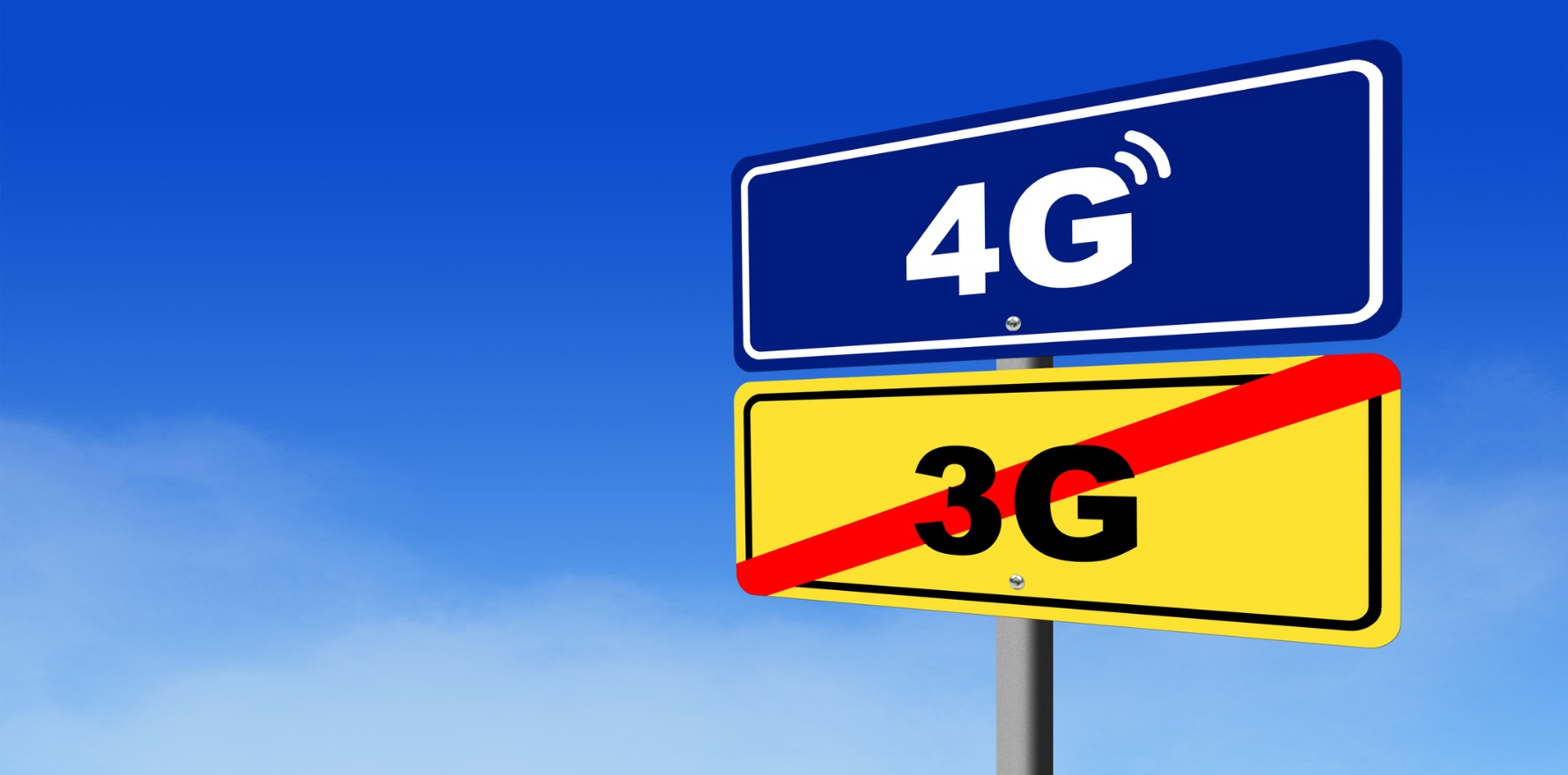Member companies of the Medical Technology Association of Australia are reaching out to patients with 3G connected medical devices.
Amid an ongoing campaign to contact patients with medical devices that may be affected by the upcoming 3G shutdown, a few thousand remain uncontacted, says the CEO of the Medical Technology Association of Australia.
In August, the government confirmed that Telstra and Optus would be decommissioning their 3G networks from 28 October, with TPG Telecom/Vodafone having previously decommissioned its 3G network earlier this year.
The TGA said that several medical devices may be affected by the change – including personal medical alarms, pacemakers and wearable health monitors – and instructed patients and healthcare providers to clue up on what devices may be affected.
The trouble is it remains unclear exactly what and how devices would likely be affected.
Speaking to The Medical Republic, CEO of the Medical Technology Association of Australia Ian Burgess said it would be the monitoring capacity of medical devices, not function, that would be affected.
“The devices are going to continue to properly function, [but] monitoring capability is no longer there,” he told TMR.
“[This] doesn’t have an immediate impact, but the longer that it continues, the greater the impact post shutdown.”
As the switch-off rapidly approaches, MTAA’s member companies have been reaching out to consumers using medical devices that could be affected by the 3G shutdown, offering solutions.
Where consumers have been uncontactable, the company has reached out to clinicians and clinics, Mr Burgess said.
While the MTAA hoped to reach all relevant patients by the 28th, a few thousand remained unaccounted for, added Mr Burgess.
“[The number affected] is changing all the time because we’re approaching the critical deadline and we’re still managing to contact patients and getting responses,” he told TMR.
“But there’s probably still a few thousand that that have not responded, or we haven’t been able to contact them.”
For those that have been contacted, solutions have included dongles and device upgrades to mitigate any reliance on 3G.
“Companies have even given clinics a quantity of dongles, just in case a patient reaches out to them,” said Mr Burgess.
When asked whether the solutions may come at a cost to patients, Mr Burgess said it depended on the device.
“The key answer to your question is that [cost] is not a barrier, and patients or their doctors shouldn’t see a potential cost as a barrier,” he said.
“We’re doing everything to make sure that it’s not.
“I know that companies have also been talking to private health insurers where that’s relevant to get some coverage.”
While MTAA had no data on whether patients in some areas were more affected than others, Mr Burgess said there could be an inequity.
“You would expect that it’s likely to be impacting rural and regional [patients] more … in terms of access to healthcare and how often people would see their clinician, whether it be their specialist or their GP,” said Mr Burgess.
Related
Speaking at Victorian Healthcare Week’s digital health convention in Melbourne last week, chief clinical information officer for Northern Territory Health Dr John Lambert said that areas of the NT were still waiting for 4G towers.
“As of last month, we were still having major [connection] outages across the NT because they’re still replacing 3G towers with 4G towers,” he said.
“This is the network that was supposed to turn off at the end of July.
“I know everybody thinks [the government] persuaded Telstra for a delay to October because everybody couldn’t cope with the idea of losing 3G but it’s probably because they still haven’t finished rolling out 4G replacement towers in NT.”
Many patients in the NT may not have other forms of connectivity, like Wi-Fi, meaning losing connection may limit connection quite extensively, added Dr Lambert.
The TGA has advised users with devices potentially impacted by the 3G network closure to seek help from their supplier or place of purchase, consider replacing the device and otherwise check the devices still functioned properly after 28 October.
MTAA collated the following table to help patients and clinicians contact suppliers for some affected devices.
| Remote Transmitter Model | Manufacturer/Supplier | Contact |
| CardioMessenger Smart 3G | Biotronik | Please click here to request upgrade to a 4G transmitter |
| Sierra Wireless 885/888/313U Option Velocity G10461 ZTE MF 190 Huawei MS2131 | Abbott | 1800 899 081 |
| 24952C MyCareLink Monitor Serial Number: YDMXXXXXXA YDMXXXXXXB BTLXXXXXXA (**Monitors that do NOT meet this criteria are not in scope and have a 4G sim card**) | Medtronic | 1800 644 128 |
| Smart Monitor Serial Numbers: HB1xxxxxxS | MicroPort CRM | 1800 100 816 |
| LATITUDE Communicator models 6288 and 6290 | Boston Scientific | Please click here to order 4G cellular adapter |




